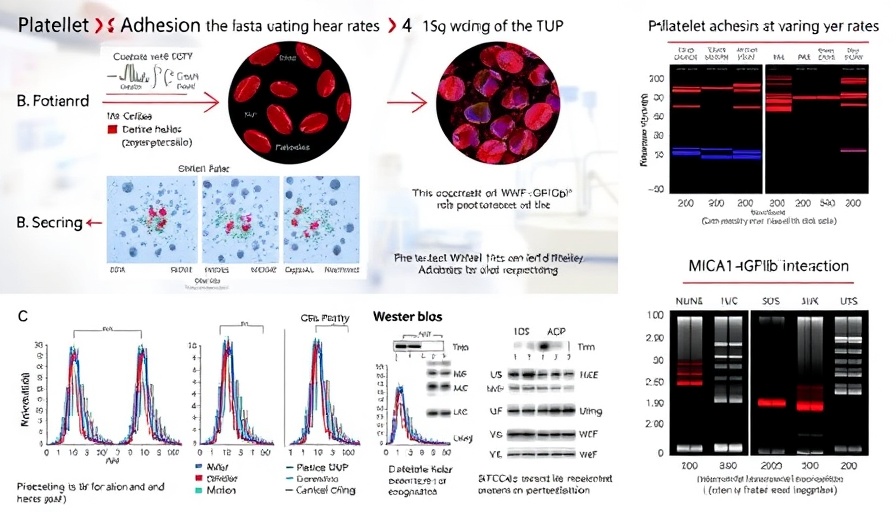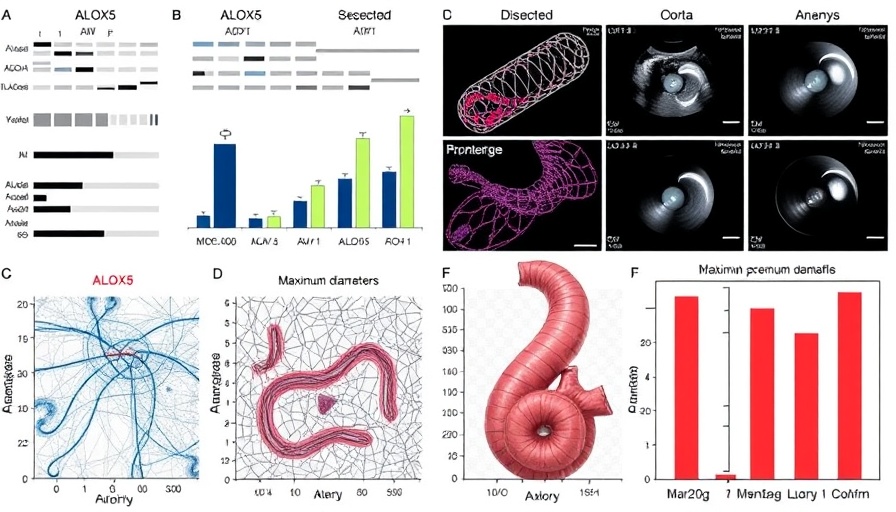
Understanding Atherosclerosis: The Role of Exercise
Atherosclerosis is a leading global health issue, significantly affecting individuals aged 30-79 years. Defined by fatty deposits accumulating in arterial walls, it often leads to serious health complications, including heart attacks and strokes. Recent research indicates that this multifaceted pathological process involves oxidative stress and inflammation, among other mechanisms. Interestingly, exercise has emerged as a promising intervention in managing this condition.
The Mechanisms Behind Exercise’s Impact on Atherosclerosis
Exercise influences atherosclerosis through various molecular and cellular pathways. Specifically, it modulates exerkines, which are exercise-induced proteins that affect inflammation and cellular repair. Notably, physical activity promotes the browning of adipose tissue, enhancing metabolic processes that can help mitigate atherosclerotic plaque formation. Moreover, regular exercise has positive effects on the renin-angiotensin system (RAS), a critical regulator of blood pressure and fluid balance, contributing further to arterial health.
Exploring the Role of Gut Microbiota
The gut microbiota plays a crucial role in cardiovascular health, influencing metabolism and inflammation. Exercise has been shown to positively alter gut bacteria composition, enhancing microbial diversity which is linked to improved metabolic outcomes. This alteration aids in reducing low-grade inflammation, one of the contributors to atherosclerosis. Such findings underscore the interconnectedness of our bodily systems and how lifestyle changes like exercise can foster a more favorable microbial environment.
Future Trends in Regenerative Medicine
The implications of exercise on cellular health open exciting avenues in regenerative medicine. With ongoing research into the use of stem cell therapy to support vascular health, understanding how exercise enhances cellular repair and reverses senescence becomes increasingly important. Combining exercise with potential therapies that boost NAD+ levels could amplify mitochondrial function and support energy metabolism, further offering combined benefits for aging individuals.
Actionable Insights for Health Enthusiasts
For those aged 30-55 seeking to improve their cellular health and vitality, integrating regular exercise into daily routines is imperative. Whether through moderate aerobic activities or strength training, the positive feedback loop created by exercise can foster lasting cellular rejuvenation. Consider setting specific fitness goals that align with one’s health aspirations to motivate consistent engagement.
Final Thoughts on Managing Atherosclerosis
As we delve deeper into the efficacy of exercise in combating atherosclerosis, it becomes clear that physical activity is not merely beneficial for heart health but serves as a vital component in maintaining youthful vitality and enhancing overall well-being. To maximize these benefits, those concerned with cellular aging should prioritize exercise within their daily regimen.
 Add Row
Add Row  Add
Add 




Write A Comment